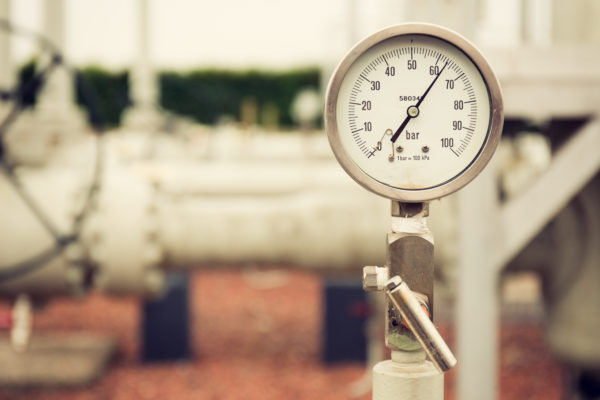
Industrial gases are gaseous at room temperature and pressure and used in various industries. These industries include chemicals, power, medicine, electronics, aerospace, and even food. As useful as these gases are, they may be flammable and come with other dangers.
Hydrogen (H2)
Hydrogen is the most common element in the universe, but it takes a lot of processing to extract and contain pure hydrogen. This gas can be liquefied, compressed, or mixed with other gases for various uses. Hydrogen fuels space rockets, helps the steel welding process, powers alternative energy cars, refines crude oil, aids in the production of common household chemicals, and more.
The main danger of hydrogen is its explosiveness. When exposed to oxygen, even a regular static shock can set hydrogen on fire. On the opposite end of the spectrum, liquid hydrogen is extremely cold and can cause severe frostbite.
Acetylene (C2H2)
Acetylene is most notably used to weld materials at very high temperatures–too high for most industrial gases to achieve. It’s also used in the chemicals industry to synthesize substances like Vitamin A and some plastics.
Like hydrogen, acetylene is highly flammable and explosive. Acetylene can also form explosive compounds when combined with metals like brass and silver. A portable gas leak detector can tell you if there is too much acetylene in your work environment.
Oxygen (O2)
Oxygen is manufactured in compressed, liquid, and mixed forms. It’s most commonly known as the main gas necessary to sustain human life. Thus, oxygen tanks help people with many medical conditions that interfere with breathing. Other uses of industrial oxygen include launching rockets, laser cutting, oxidizing chemicals, cleaner combustion, fermentation, food preservation, and wastewater treatment.
Oxygen itself is not flammable. However, an overabundance of oxygen can help other materials catch fire, even materials that are flame-retardant in normal air. People on oxygen support must stay away from heat sources and never smoke near their oxygen tank.
Methane (CH4)
Methane comes from fermenting organic matter and is a major component in natural gas. It’s most commonly used to produce energy for homes and industries. This substance is also used in plastics, fertilizers, and more. Methane can help produce other industrial gases.
Methane is explosive and a major greenhouse gas. High levels of methane in an enclosed space can cause asphyxiation.
These and other industrial gases benefit industries in enormous ways that outweigh the risks as long as you use adequate safety measures. Always store gases properly and use a portable multi gas detector to detect gas leaks before they become hazardous.






